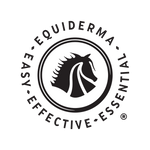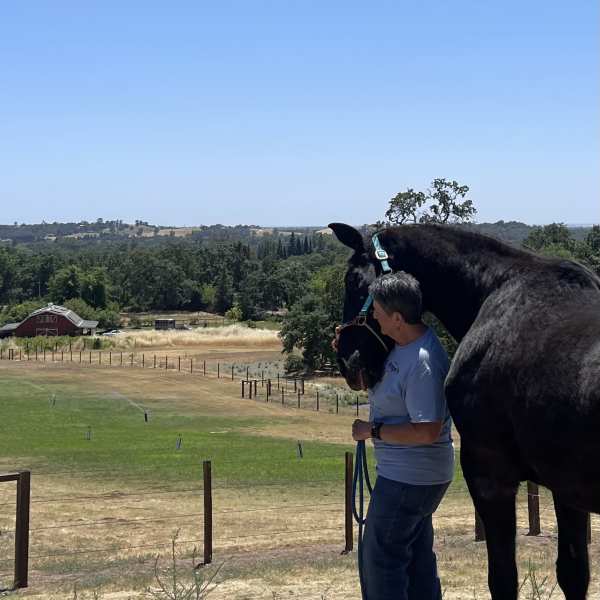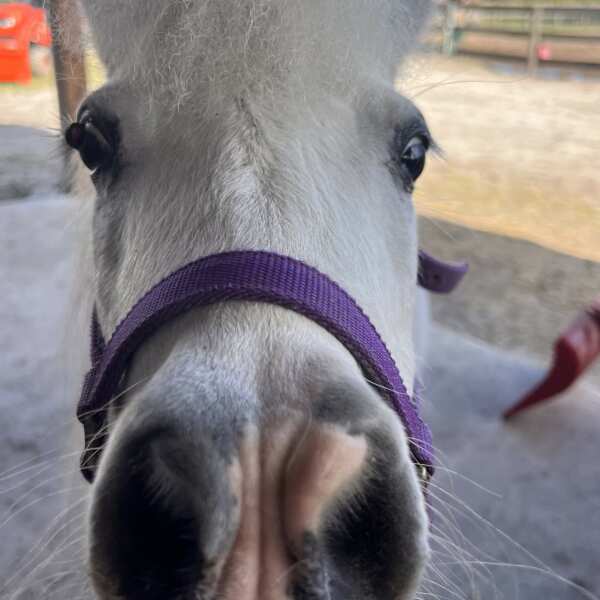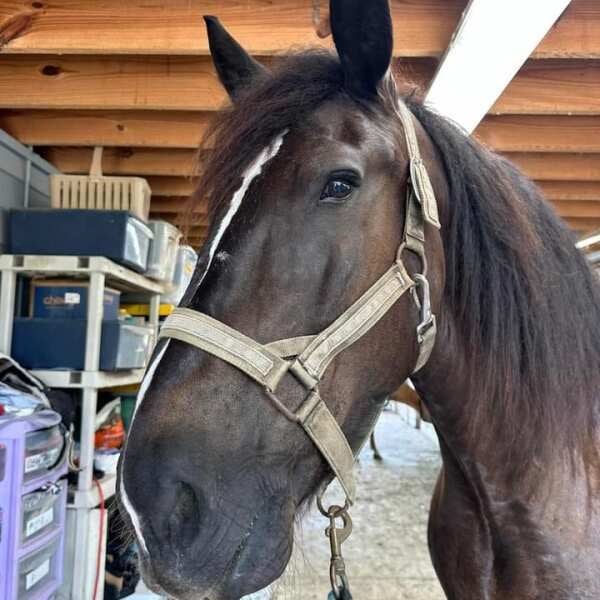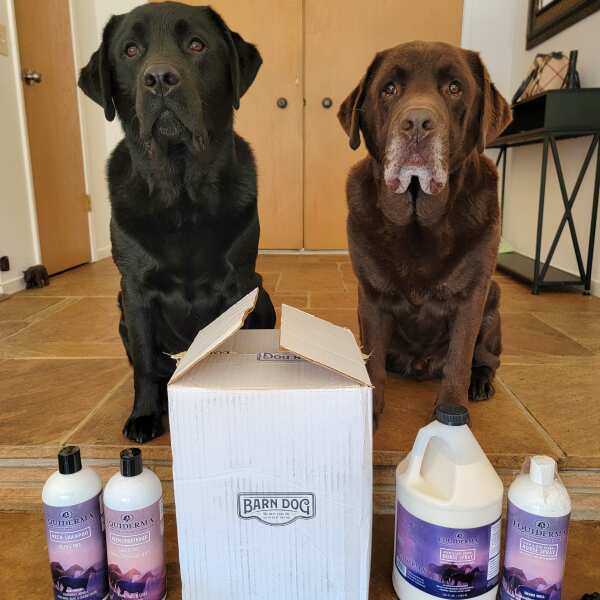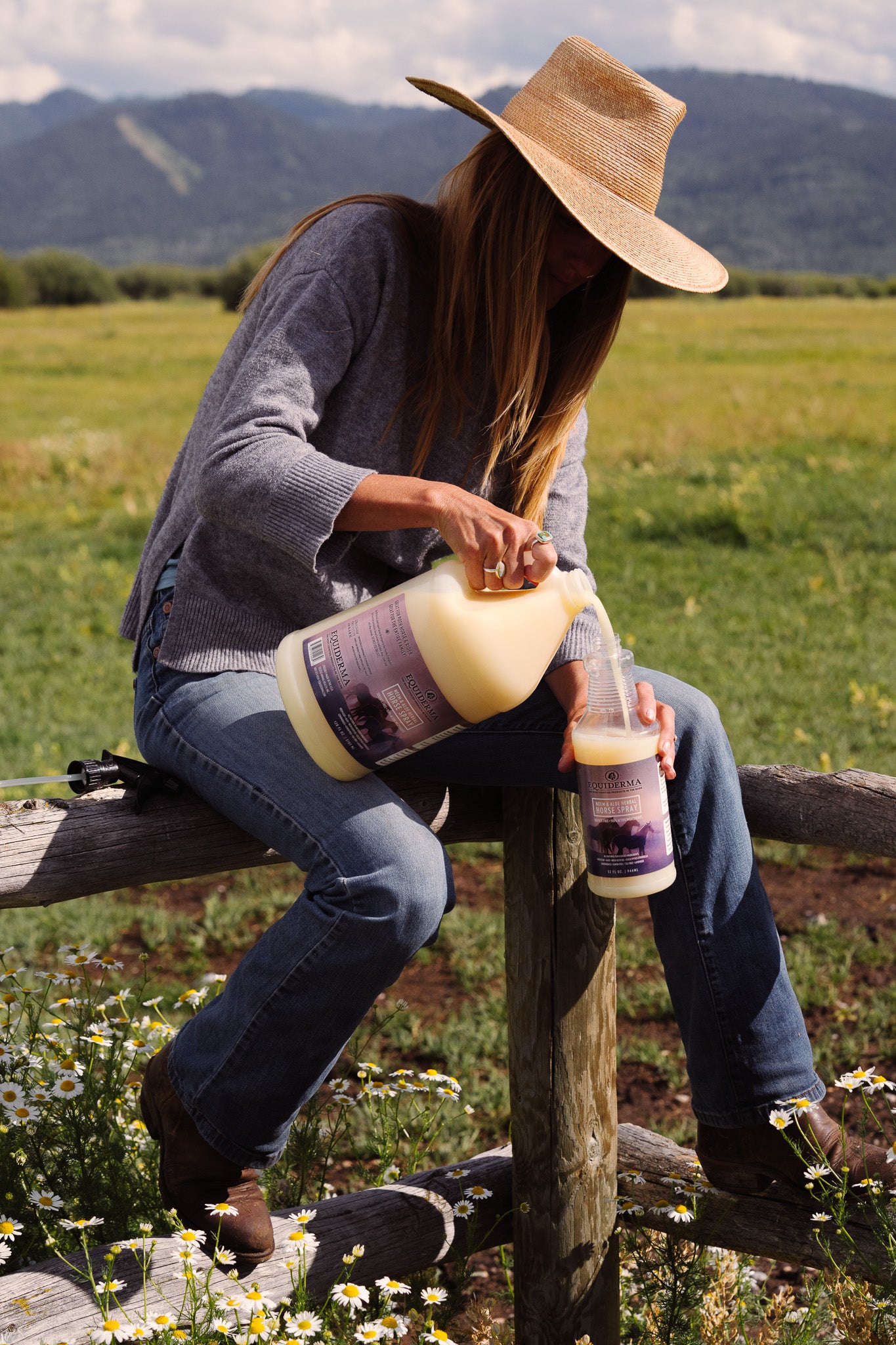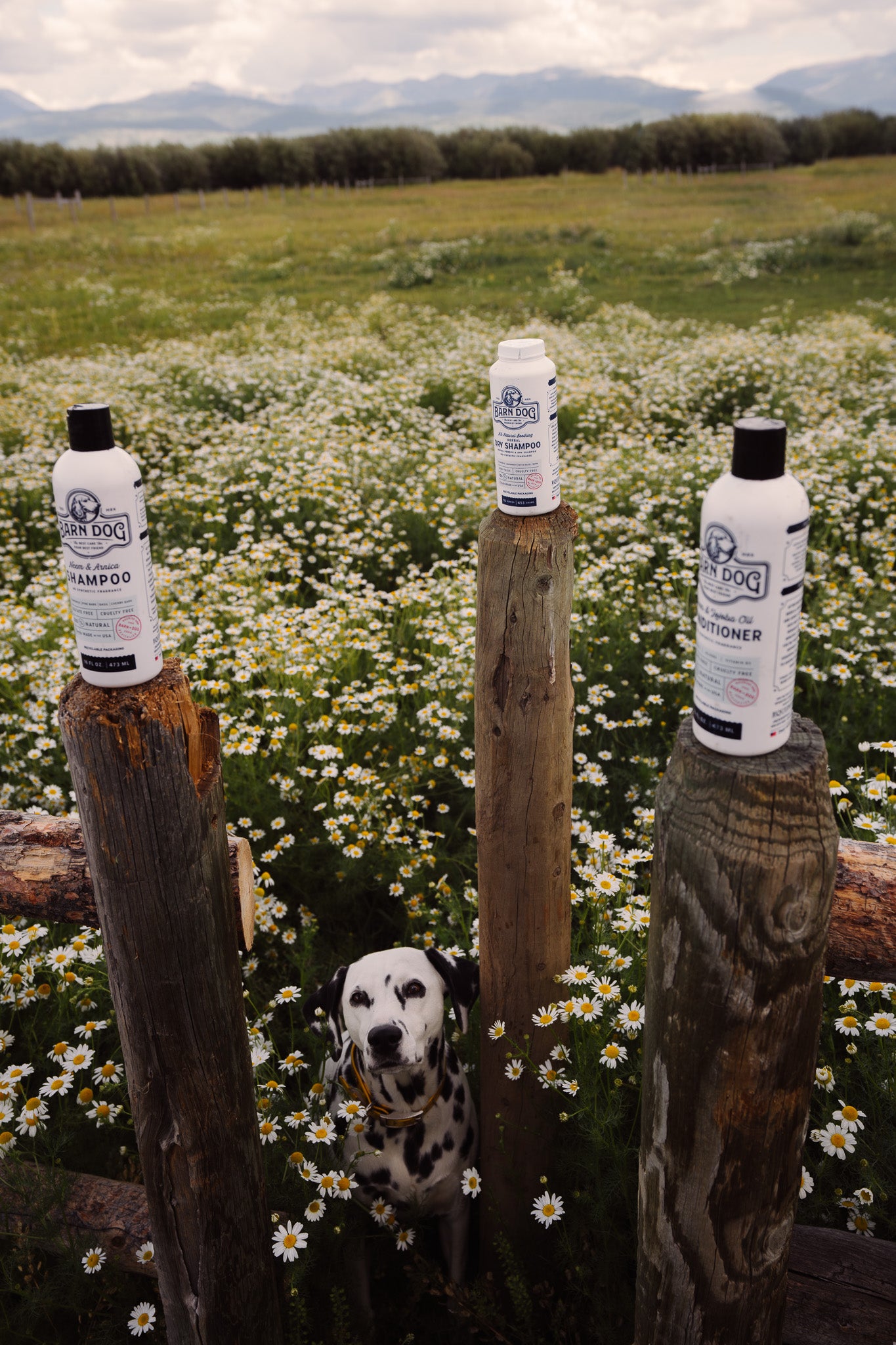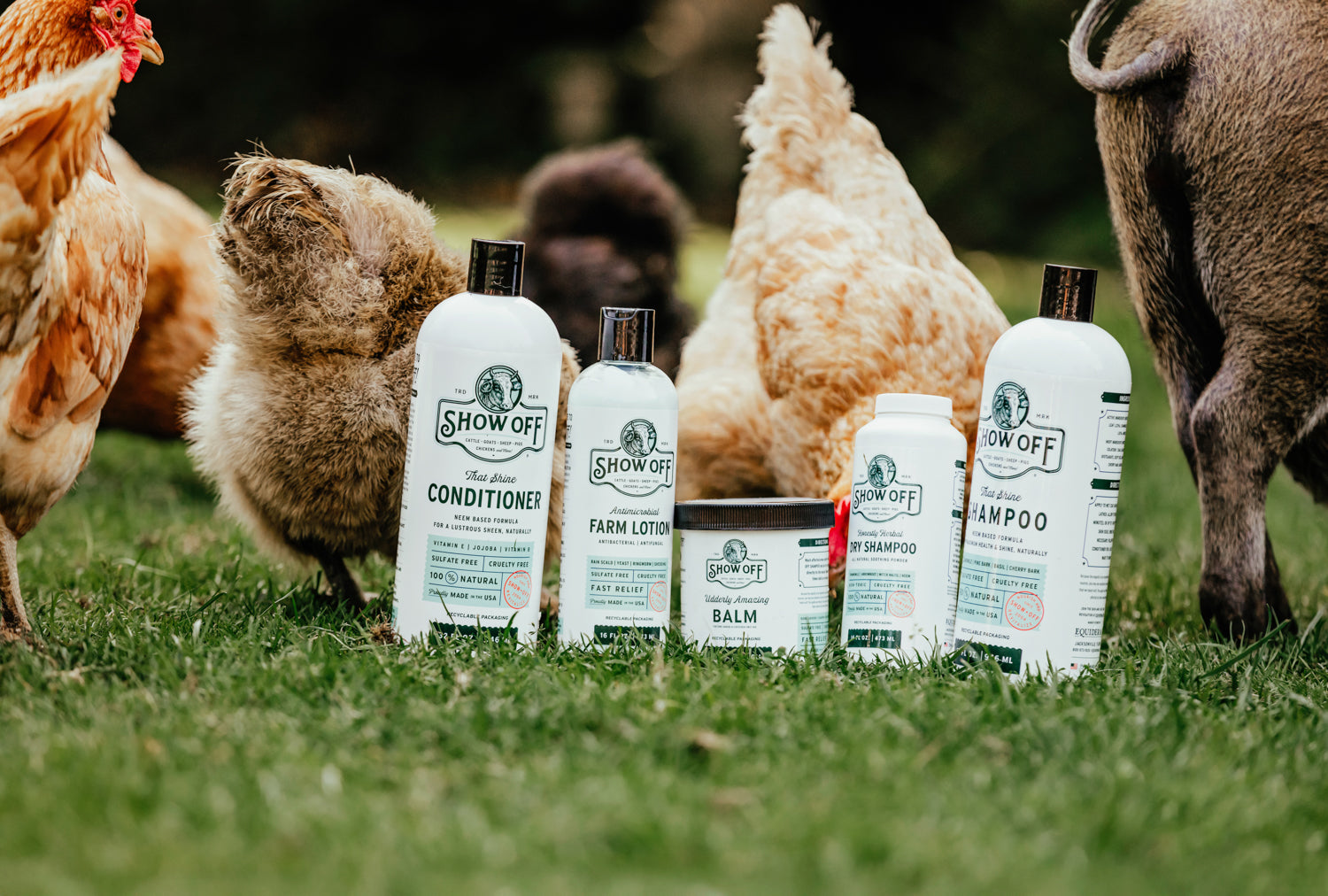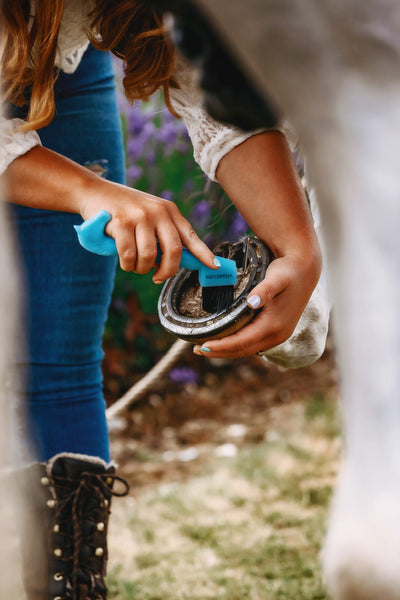Neck Threadworm
What in the World Is Neck Threadworm?
On any ivermectin wormer you’ll see a list of parasites. At the end you will see the words Onchocerca Microfilariae, commonly known as neck threadworm. Like something out of a sci-fi movie, they live in your horse’s nuchal ligament. The nuchal ligament runs the entire length of the neck, from poll to withers, and connects to the vertebrae.
The majority of horses have neck threadworm.
For most it doesn't present a problem, but some have a violent reaction to the resultant larvae or microfilariae. This reaction is known as Onchocerciasis. The horse becomes itchy around the mane and tail, chest, shoulders and the midline of the belly. Neck threadworm is a parasitic filarial worm that releases thousands of larvae during the course of its ten year life cycle. The larval form live in the horse’s skin, primarily around the mane and tail, head, shoulders, chest and mid-line of the belly, while the adult worm sets up shop in the nuchal ligament. The biting insect that serves as the larval carrier is the female culicoides fly, commonly known as no-see-ums, sand gnats and midges. These insects are also the cause of insect bite hypersensitivity, Queensland Itch, Sweet Itch and Summer Itch. Many cases of neck threadworm are misdiagnosed because they are assumed to simply be a result of itching due to the culicoides bite. In fact, the two are tied together in a three way vector between horse, culicoides and threadworm.
How Is Neck Threadworm Treated?
Equiderma Neem Shampoo and Equiderma Skin Lotion have proven highly effective against the symptoms of Neck Threadworm. The skin lotion will halt the cycle by stopping the itching and subsequent damage, and render the area unappetizing to the culicoides, and allow the skin to heal.
It is also recommended to combat the issue internally by using the advised dose of ivermectin wormer. Consult your vet for amounts and frequency. Often it is recommended to use injectable ivermectin. Again this is something you should discuss with your vet to establish safe dosage limits. The adult neck threadworm cannot be killed, but their offspring can. With effective management with Equiderma, you can help to ensure your horse’s comfort.
For more info and helpful videos, check out our Youtube channel!
